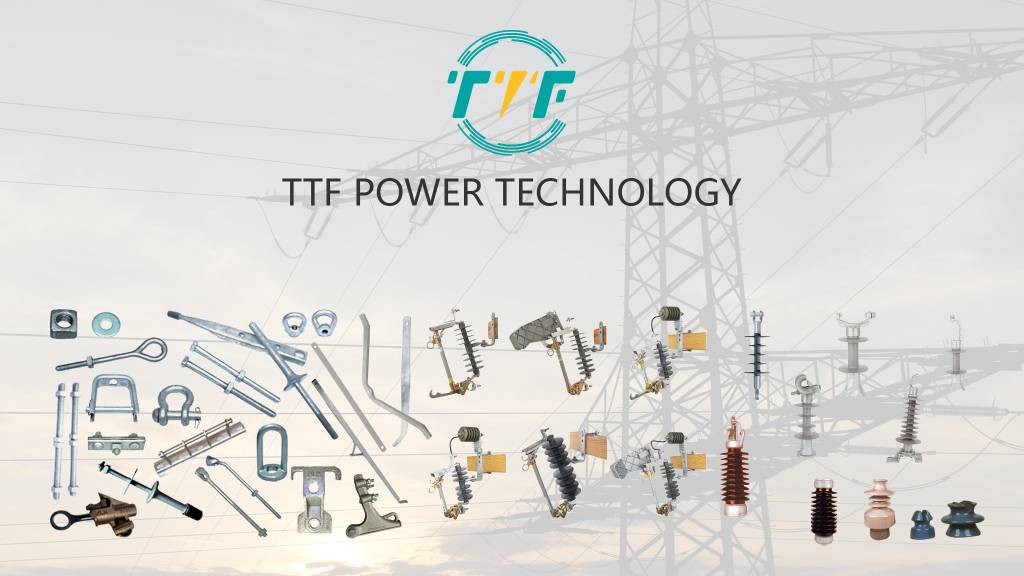
Peru has shown significant interest in the use of renewable energy, and biomass has been a promising source. Biomass energy is obtained from the decomposition of organic matter, whether of plant or animal origin. This energy is mainly generated from agricultural, forestry, and urban waste. Some of the examples include rice straw, sugarcane bagasse, coffee industry waste, and wood. Biomass is a viable option for energy generation because of its renewable nature. It also allows recycling waste that could pollute the environment. Residues can transform into clean energy sources and sustainable energy. Bioenergy can help reduce the country’s dependence on fossil fuels while promoting the development of rural areas. Peru can diversify its energy mix by developing biomass projects. Double-arming bolts provide the structural stability and safety for transmission lines and power distribution systems. The bolts can help Peru unlock its full potential of biomass energy.
Biomass power plants need transmission lines to distribute electricity produced. A double-arming bolt helps to securely attach crossarms to utility poles and ensure power lines remain stable under stress. The bolt has a reinforced design that prevents loosening or failure and reduces maintenance needs. Biomass power plants also need medium-voltage distribution lines. Double arming bolts help distribute mechanical loads to prevent pole damage. This is crucial in rural electrification projects. High-quality double arming bolts ensure reliable connections to the national grid. They are crucial where biomass power plants feed into decentralized microgrids. This article explores the roles of double arming bolts in the biomass production plants and the technologies contributing to increased biomass production in Peru.
Double arming bolts in Peru’s biomass production
These are fully threaded fasteners designed to connect and secure two crossarms on opposite sides of a utility pole. Each bolt comes with four square nuts and can accommodate eye nuts for dead-end application. This design allows for equal load distribution, enhancing the stability and longevity of the structures they support. Double arming bolts are crucial to the construction and maintenance of overhead power lines. This is essential for transmitting electricity generated from biomass sources to various regions. Here are the functions of double arming bolts in Peru’s biomass production.

- Structural support for overhead lines—biomass power plants need transmission lines to distribute electricity. Double arming bolts attach crossarms to utility poles and ensure that power lines remain stable.
- Enhanced durability in harsh conditions—the bolts have a reinforced design that prevents loosening or failure to cut maintenance needs. This is crucial in Peru’s diverse geography that exposes power infrastructure to humidity, heavy rains, and wind.
- Load distribution—double arming bolts help distribute mechanical loads and prevent pole damage. They are crucial in rural electrification projects where biomass mini-grids are common. The robust construction allows them to bear the weight of cables and other equipment for energy transmission.
- Compatibility with renewable energy grids—biomass plants feed into decentralized microgrids, which need robust hardware like double arming bolts. Their design simplifies the process of replacing crossarms.
Technologies supporting Peru’s biomass production
Peru’s biomass energy sector is powered by a combination of traditional knowledge, modern engineering, and cutting-edge technologies. The technologies help transform agricultural, forestry, and agro-industrial waste into renewable energy sources. Integration with smart grids and sustainable farming practices positions the country as a rising leader in renewable energy innovation. The technologies used include

- Biomass gasification technology—gasification converts organic materials into syngas by heating them in a low-oxygen environment. It is deployed in rural areas to convert agricultural waste into fuel and supports off-grid electrification projects.
- Anaerobic digestion and biogas plants—organic waste breaks down by bacteria in oxygen-free environments. It produces methane-rich biogas and digestate. It functions in small farms and agro-industrial settings to manage manure and food waste.
- Cogeneration (CHP) systems—combined heat and power plants produce electricity and useful heat from biomass. This tech reduces energy costs and environmental impact on agro-processing industries.
- Biomass pelletizing technology—pellet mills compress dry biomass into dense, uniform pellets used for heating and power generation. They are easier to store, transport, and burn. They reduce emissions compared to traditional solid biomass.
- Biofuel production facilities—the types of biofuels produced in Peru include bioethanol and biodiesel from palm oil. The technology highlights advanced fermentation and distillation equipment.